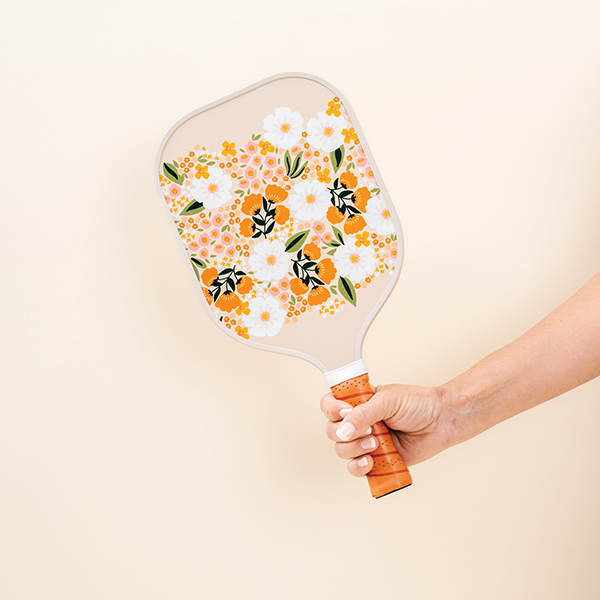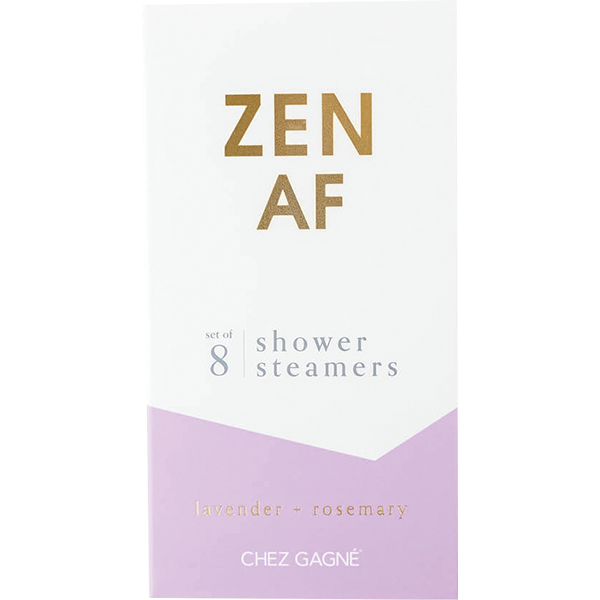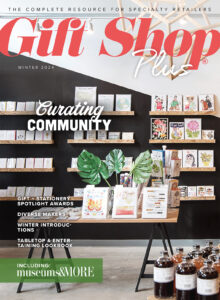‘Seeding’ Your Retail Year During the Holidays
As you prepare for the 2006 holiday season, I recommend that you take a moment to stop and admire the flowers. You have way too much to do, you protest? Give it a try anyway. You just might see in the blossoms how you can increase your sales and profits during the holiday season and beyond.
With gas prices at an all-time high and the looming threat of recession, pundits are sure to predict a challenging holiday season. Even so, with the right marketing plans, in-store execution, and insight gained by watching the flowers, independent retailers can be not only successful during this holiday season, but also use the holidays as a springboard to a profitable 2007.
As you’re admiring the flowers, remember that there are basically two types. First is the annual, with a life cycle of one season. It goes from seed to bloom to seed. Each year the annual must be replaced with a new plant. For most retailers, holiday customers are much like the annual flower. Retailers advertise heavily to get these customers into the store, they may or may not buy something, and it is quite possible that they may never return to the store unless the retailer spends more marketing dollars to bring them back.
The other type of flower is the perennial. In warm climates, perennials grow continuously. In seasonal climates, their growth is limited to the growing season. You invest in perennials just once, and with proper care and attention they rarely need to be replaced. Just about any retailer with the right strategy and focus can turn their seasonal holiday customer into a “perennial” customer, resulting in more sales for the coming year. For nearly the same investment they can use their holiday marketing and in-store activity to seed and grow their 2007 sales and profits.
Imagine the impact on your bottom line if every customer who shopped in your store during the holidays would return once or twice during the year to make a purchase. Would it grow your annual sales by 3 percent, 5 percent, 10 percent, or even more? The best part is that like the perennial, your investment in the additional sale is quite small.
Try these following three tips for turning an annual holiday customer into a perennial.
Hit the advertising bull’s eye
Target specific customer segments and groups with your holiday advertising. Many retailers, when asked who their customers are, will answer, “Everyone.” Rarely is that the case, and if it were true, a retailer would go broke trying to advertise to “Everyone.” For most independent retailers, this shotgun approach is not a good investment of their marketing dollars. You may be thinking, “Wait a minute, I’ll take any sale I can get.” I don’t disagree. But if you compare the return on your marketing investment of targeting a general one-time sale versus attracting customers who are likely to become regular customers, you’ll see that in the long run the latter is much more profitable.
As an example: During the holidays you might run an advertisement in the local newspaper that costs $500. Say the advertisement brings an estimated 50 customers into the store. The cost to obtain each customer is $10. If your average transaction is $40, then your gross sales from your $500 advertisement is $2,000.
But what if you spent the same $500 on a publication or other marketing opportunity that you know can better reach your core customer. While this publication may have fewer readers than the newspaper, the readers themselves might be potential “perennial” customers. How do you differentiate this targeted publication from the rest? If you are in a big city and would like to target affluent professionals, a publication that targets them directly, as opposed to a more general newspaper, might be a good vehicle for your ad dollars. Or if your business is in a smaller town, a large ad in the local theater playbill might be a good way to go. One way to identify the publications is by asking your best customers what they read, where else they shop, and what they do in their leisure time.
Now let’s assume that only half as many customers came into the store from this targeted advertisement than from the newspaper, but because they are your targeted customers, they are likely to spend more than your average transaction. We’ll assume they spend $60 rather than the store’s $40 average transaction. For December your return on the $500 investment is $1,500, less than the $2,000 return from the newspaper. Why is this a better investment? It’s a better investment because you targeted the publication that will attract a customer who you know is more likely to return to your store. The customers who visit during the holiday season will probably shop with you again, which means that your $500 investment will continue to pay dividends throughout the year. If each customer returns to the store two additional times in 2007 and spends only the average transaction amount of $40, it will result in an additional $2,000 in sales. Your total sales from the more focused marketing is $3,500, versus $2,000 from general advertising. Targeting your marketing dollars to attract new “perennial” customers during the holidays is guaranteed to pay a high return on your investment, as long as you follow the next two suggestions.
Collect customer information
Make it a priority to capture every customer’s name and contact information, no matter how busy the store is. A retailer’s most valuable asset is not her inventory; it’s her customer database. Remember, your competitors, both local and online, can buy and sell many of the same products that you do. What makes your store unique—and thus more competitive—is the number of your customers. And if you don’t have their name and contact information, they are not your customers.
The holiday season usually brings in more new customers than any other time of year. Failing to capture the customer’s contact information means a retailer must reinvest a considerable amount of marketing dollars in the coming year to create additional sales. Getting this customer information can save you thousands in future marketing expenses. Also, by targeting these customers with store offers, you can create considerable incremental sales in the coming year.
When asking for a customer’s contact information, always state it as a benefit to the customer. Instead of asking, “Would you like to be on our mailing list?” which the customer hears as, “May I spam you?” you can ask, “Would you like to receive a new recipe from us each month as well as gift and decorating ideas?”
Danielle Fritz of Centerville Coin & Jewelry Connection—a gift, coin, and collectibles store near Dayton, OH—keeps a profile card for her customers that contains fields for name, address, phone, birthday, the person’s significant other’s name and birthday and an anniversary date. While you would think that few customers would reveal that amount of information, Danielle has discovered that all she has to do is tell the customer that the store will send her a gift on her birthday or anniversary. Fritz finds that customers also appreciate the fact that she promises to never share this information with any other company.
You should aim to capture both buying and non-buying customers’ contact information, although the tactics differ for each. When a customer is making a purchase you can get his information during the checkout process, or when the store is busy you may ask him to fill out a small contact card like Centerville Coin & Jewelry Connection uses. For non-buyers, the retail staff can ask for the information or position a sign-up location in the store. You will make it more appealing for customers to give you their information by giving away a prize each month, the winner drawn from the names of everyone who filled out an information card.
Follow up
Follow up with both your new and existing customers soon after the holiday, with the goal of getting them back into the store in early 2007. Send both your new customers and those who have previously made a purchase a thank-you note and an invitation to come back into the store for a free gift. Ask your vendors to provide products, at either no or low cost, for you to give to your customers. You’ll be amazed at how many people will come back into the store for their free gift.
You may also choose to send all of your new customers a special letter thanking them for visiting your store during the holidays. You may want to invite them to come back to the store so you can get to know them better. Dave Immeson, owner of Moose Hollow Trading Company, a gift and furniture store in Murphy, NC, sends his customers “Moose Bucks”—branded gift cards—to use on their next visit.
Gift cards and gifts are much more effective than coupons in bringing customers back into the store. When customers receive gifts and gift cards they will almost always buy more than enough to cover the costs. Even if you don’t make money on the first visit of 2007, you are getting the customer into the habit of visiting your store, something you will surely profit from in the coming year.
Consumers will be out in force this holiday season, whatever the price of gas or the pundits’ prognostications. Make the customer your number-one priority, focus on turning “annuals” into “perennials,” and you’re sure to have a successful and profitable 2007.






















